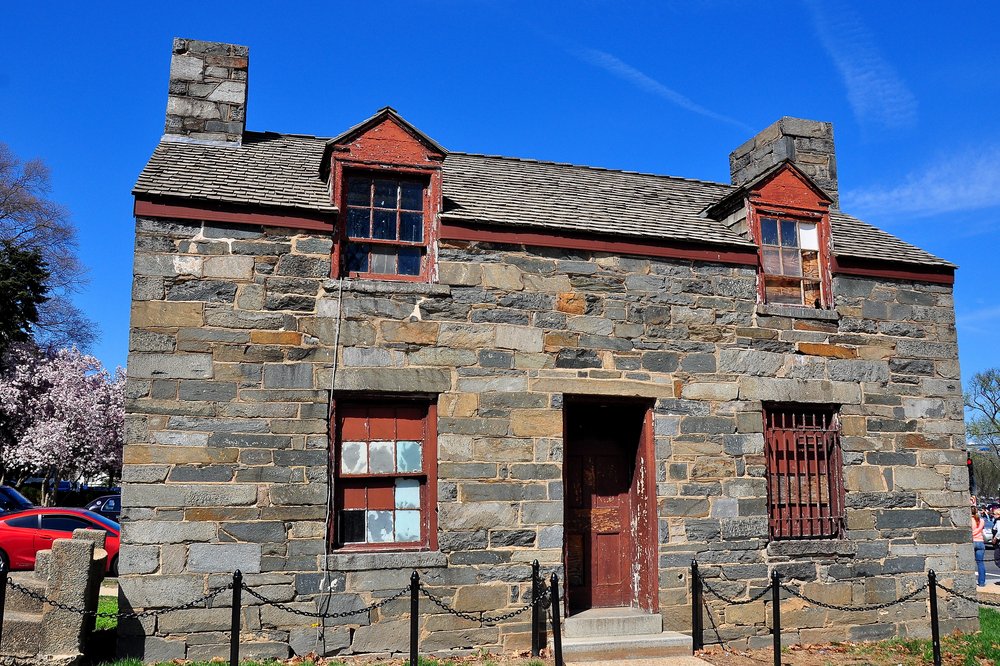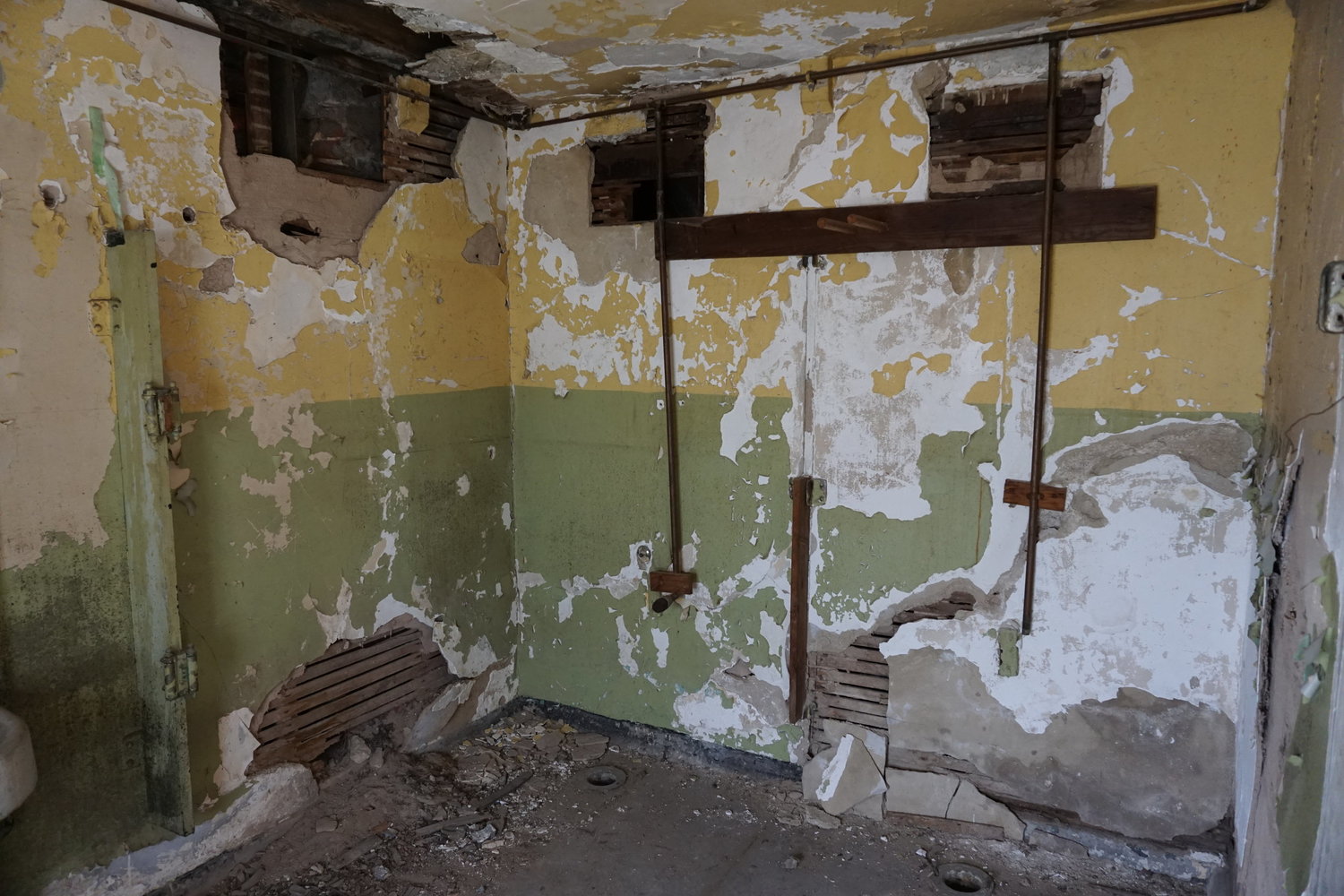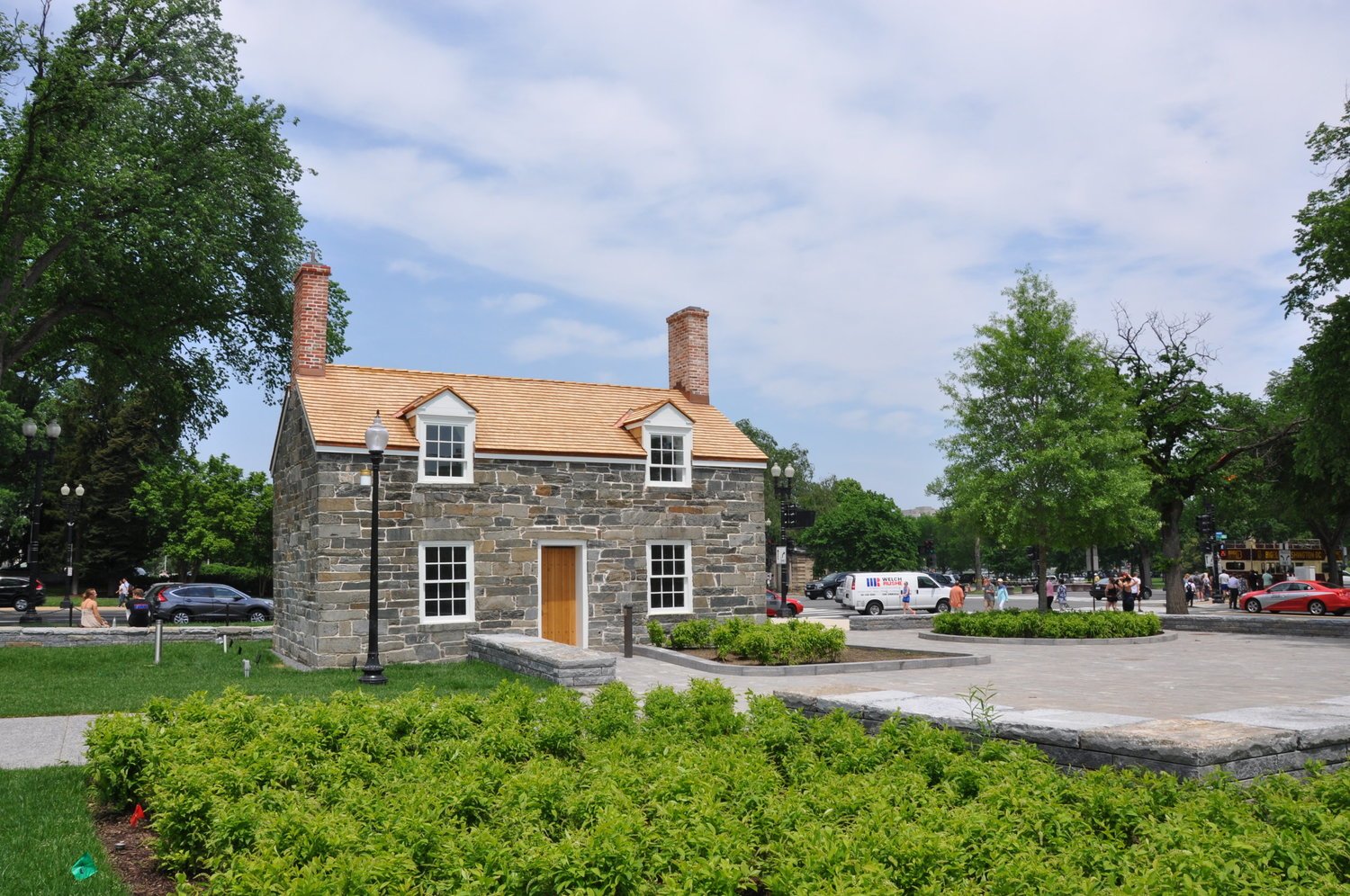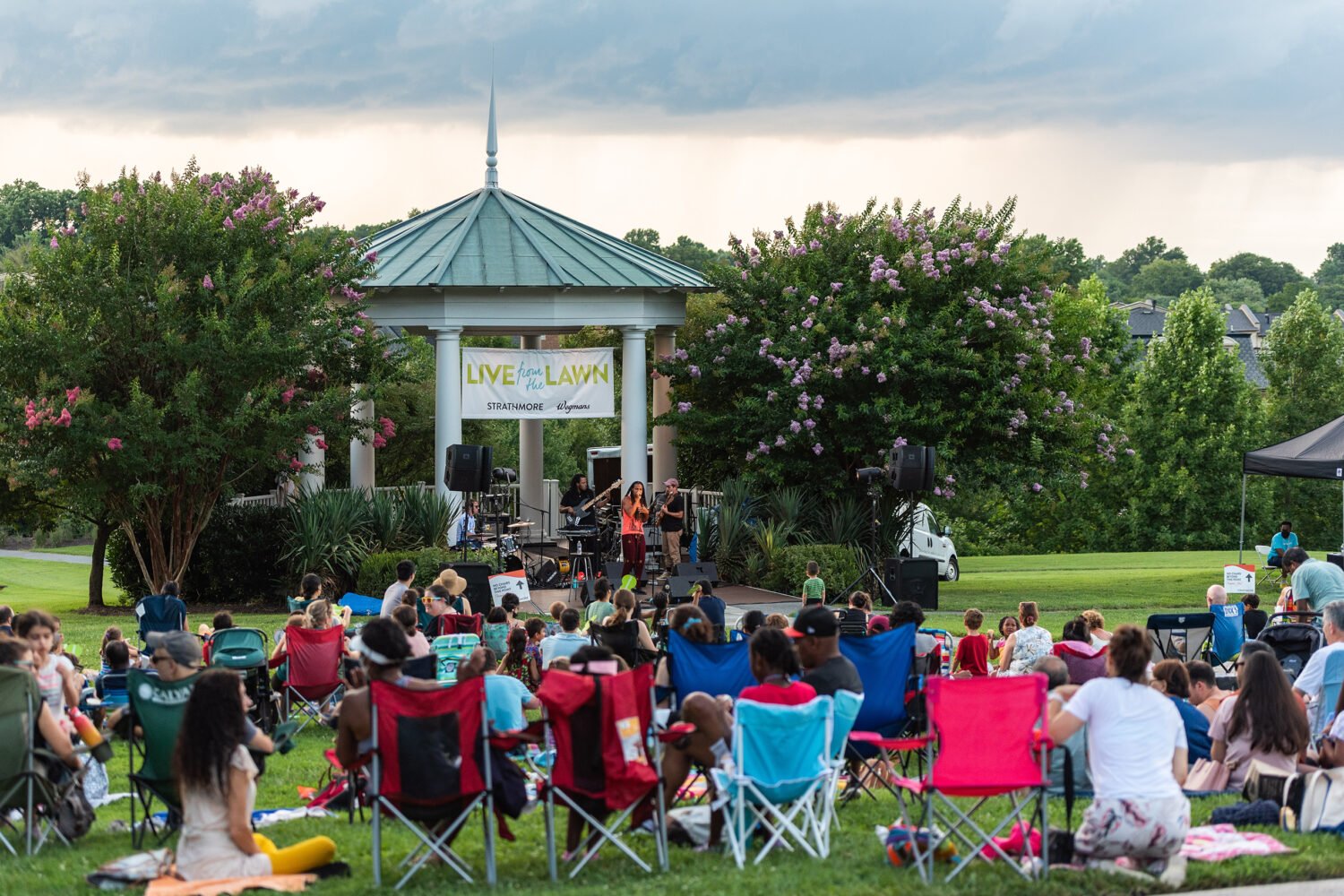Back in the mid-1800s, the area that’s now the National Mall in Washington, DC, was mostly underwater—part of a canal system used to transport goods in and out of the nation’s capital. And where the C&O Canal met the Washington City Canal—now, roughly, the intersection of 17th Street and Constitution Avenue, Northwest—sat the Lockkeeper’s House, where a series of canal-minders and their families lived so that someone was available, 24/7, to tend to the boat and barge traffic and collect tolls.
The canal system eventually grew obsolete, and the canals were filled in. (Tiber Creek, which was part of the Washington City Canal, still flows in tunnels including under Constitution Avenue.) Meanwhile, the circa 1837 Lockkeeper’s house has stood silent witness to history for 185 years—only the bottom of the Washington Monument, though not the finished monument, predates it. The house was at one point used as a tool shed for the National Park staff, at another time as a holding cell for the Park Police. For much of the past 40 years, it sat empty and fell into disrepair.


On Saturday, April 23, the Lockkeeper’s House is reopening to the public, after a $6 million renovation by the Trust for the National Mall that included moving the structure approximately 36 feet to the south and 35 feet to the west, so that it sits farther back from Constitution Avenue on its own plaza. The Trust embarked on the renovation in 2017, and briefly opened the house to the public in the fall of 2018 with limited hours. After Covid shut the house down again, changes were made to the interior experience; the National Park Service has put $1 million into exhibits, interpretation, and video presentations such as a six-minute film about the history of the house and the Mall. The hope is that visitors will use the house as a gateway—a visitor’s center, if you will—before touring the rest of the National Mall.

[su_youtube_advanced url="https://www.youtube.com/watch?v=-PWBGFUiKb4"]
















